INDUCED EARTHQUAKES
Not all earthquakes are of natural origin – some are triggered by human activity. In such cases, science speaks of “induced earthquakes” or “induced seismicity.”
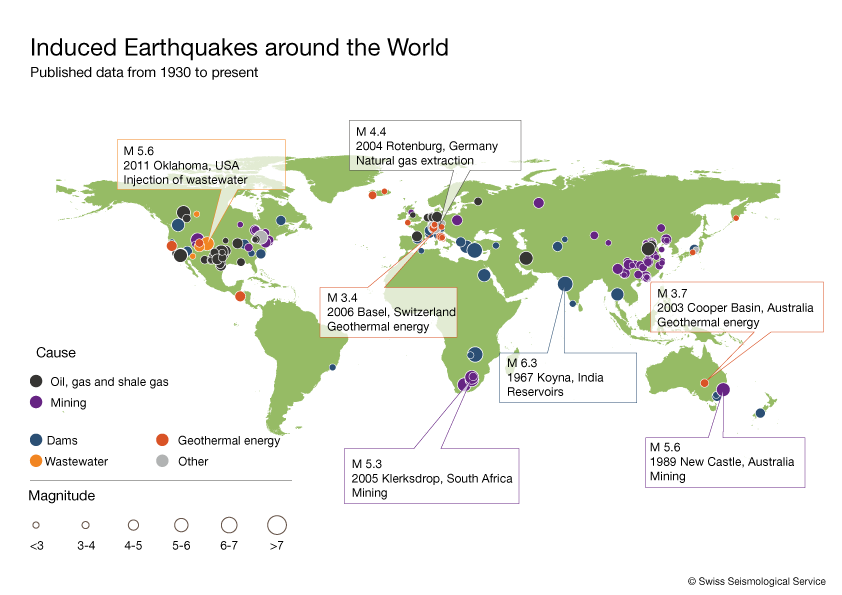
Imagine.@SED-Swiss Seismological Service
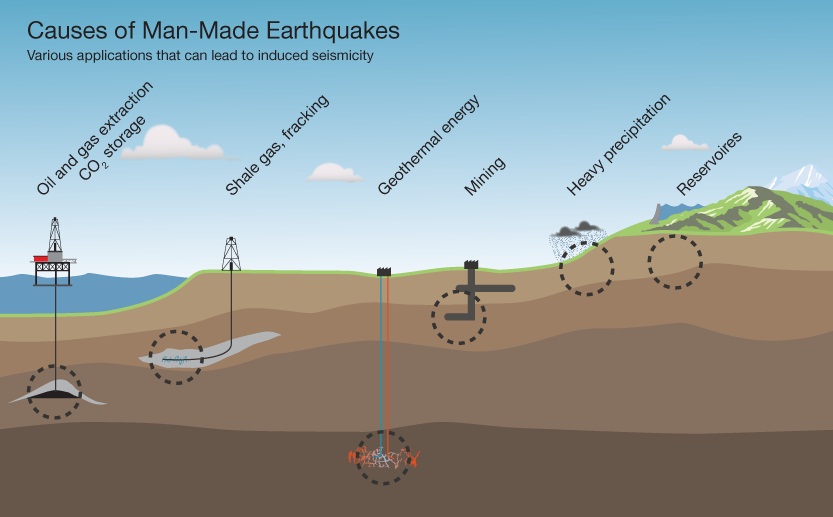
Imagine.@SED-Swiss Seismological Service
Oil and gas extraction; CO2 storage; shale gas; fracking; geothermal energy;heavy precipitation
can be causes of induced earthquakes, because of volume or pressure changes.
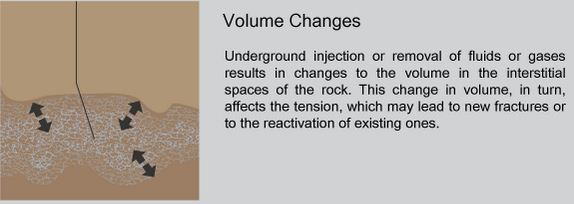
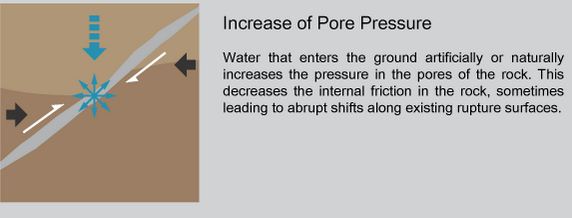
Mining and reservoires can be causes of induced earthquakes, because of load changes
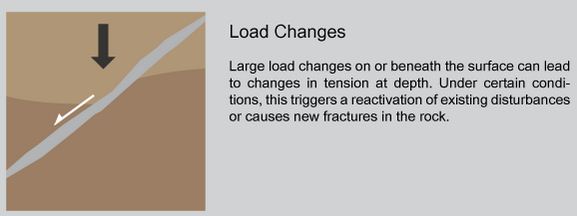
Fracking and wastewater injection are the primary causes of induced earthquakes.
The USA case
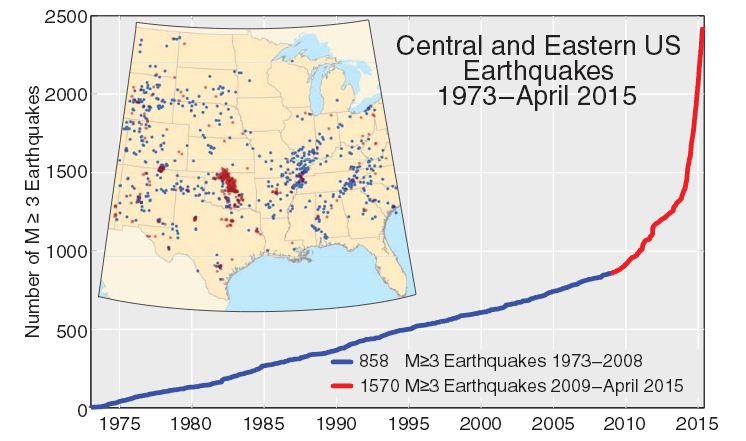
The Netherland case
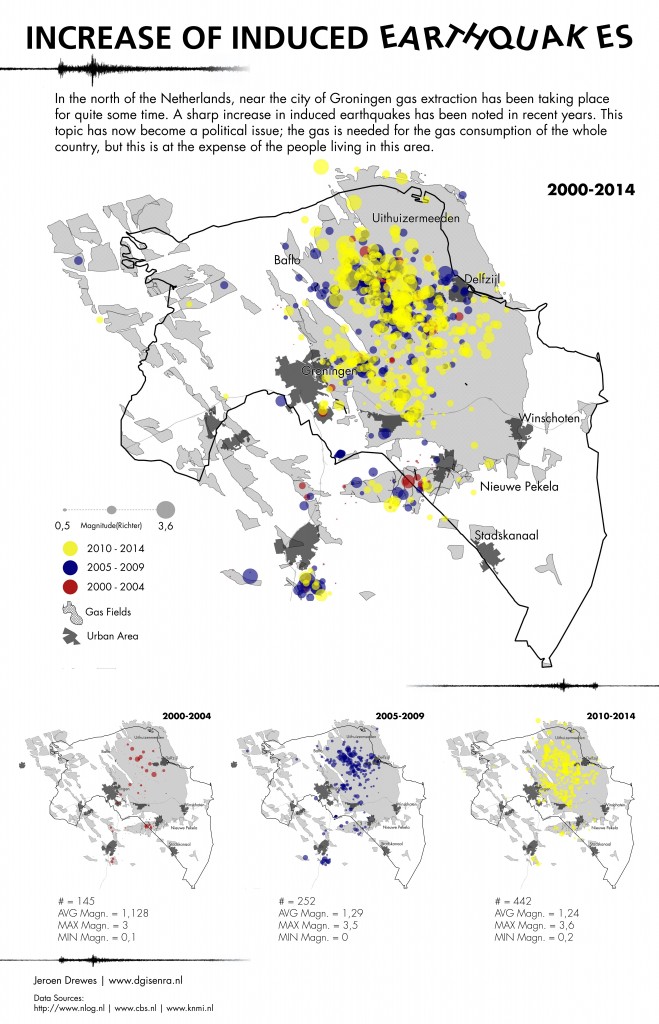
See here about induced earthquakes in Netherland and this article.
Fracking is a technique in which rock is fractured by a pressurized liquid. The process involves the high-pressure injection of 'fracking fluid' (primarily water, containing sand or other proppants suspended ) into a wellbore to create cracks in the deep-rock formations through which natural gas, petroleum, and brine will flow freely.
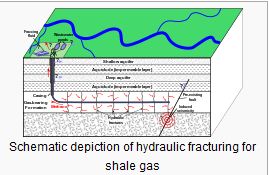
Hydraulic fracturing is under international scrutiny, restricted in some countries, and banned altogether in others ( see link1 and link2)
Human activities can cause eruption as well.
An example is Lusi, the volcano formed suddenly in May 2006 probably because of drilling at the nearby gas well. The day before the eruption, pressurized gas and fluid flowed into the well, raising the pressure. The fluid and gas escaped into the surrounding earth, forcing mud to the surface along nearby cracks. As of June 2008, as much as 100,000 cubic meters of mud flowed from the volcano every day. The eruption still continues
